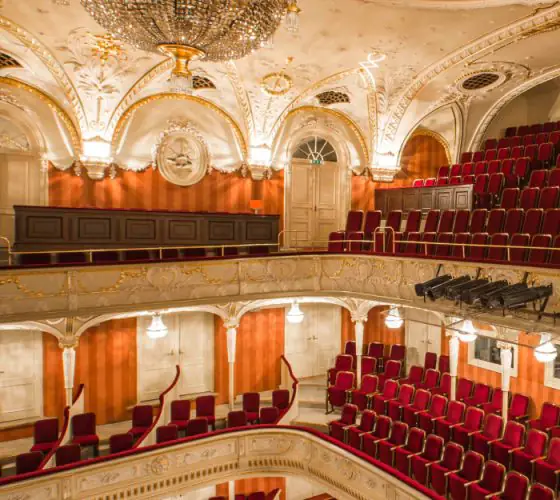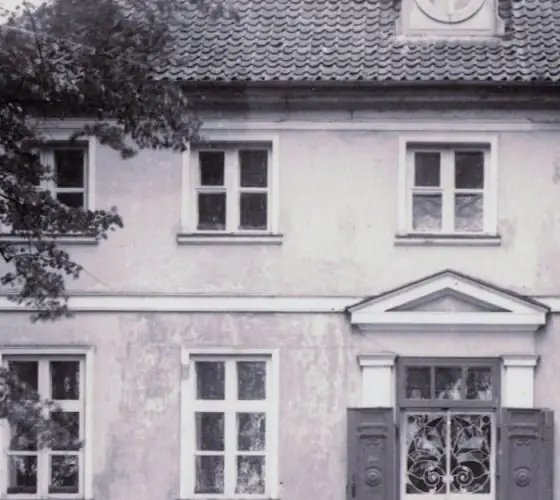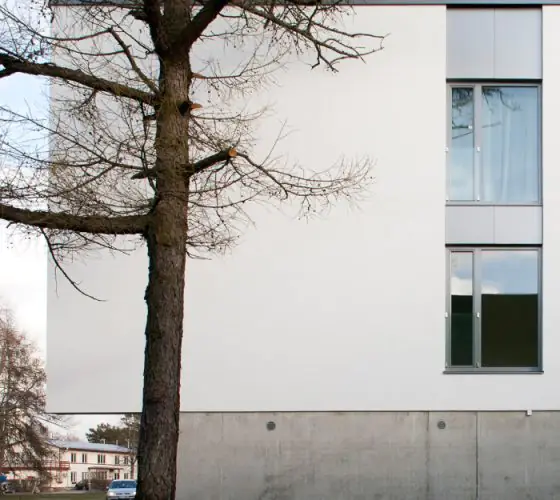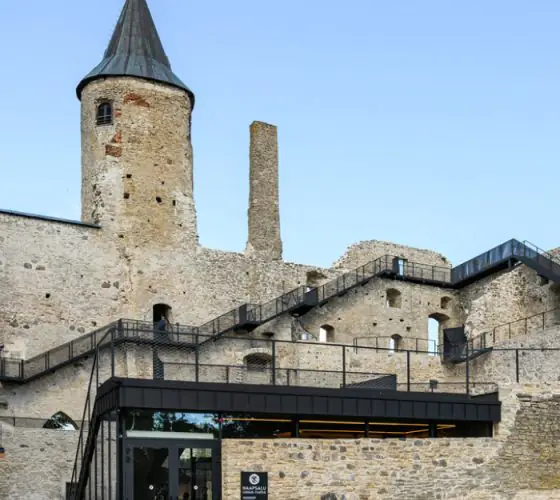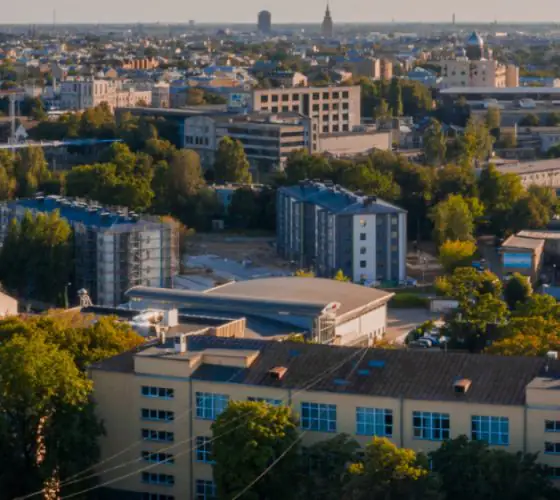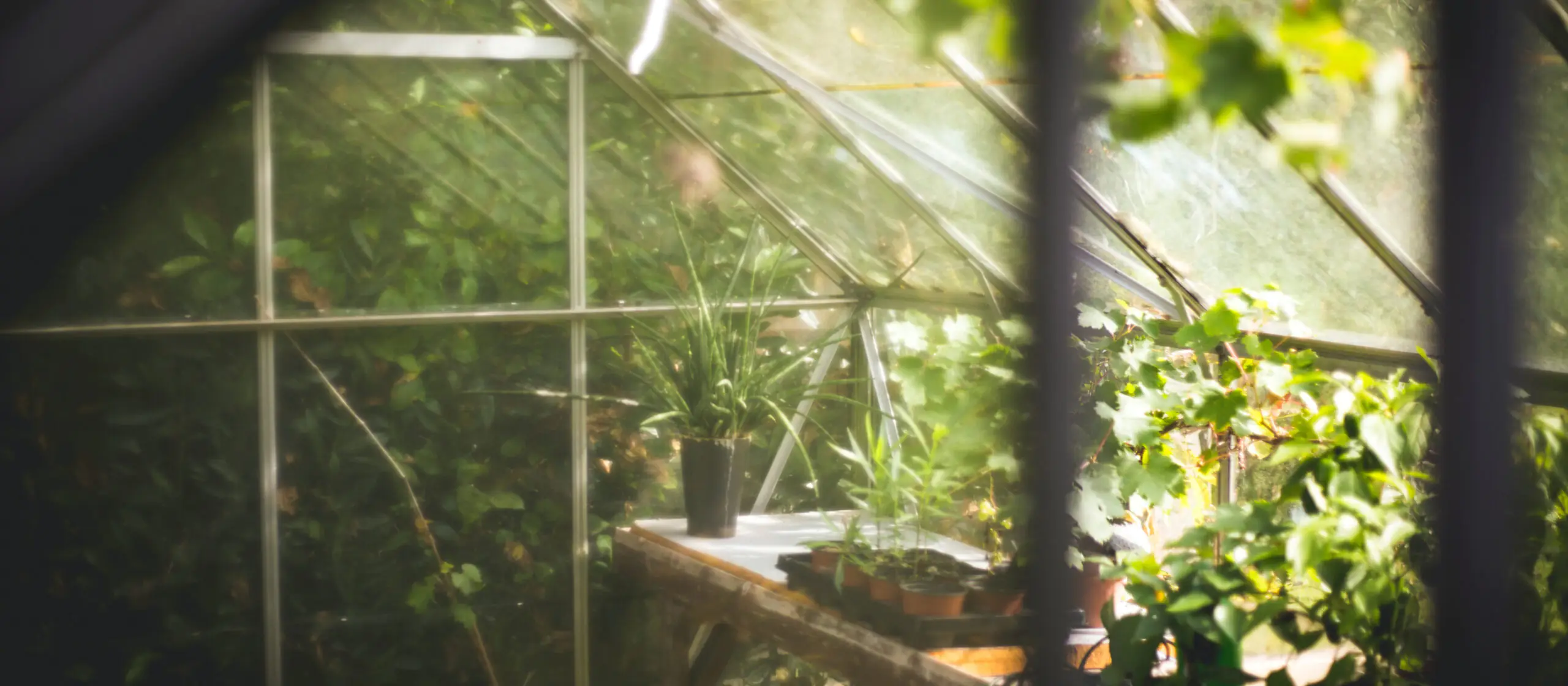
Address: Krišjāņa Barona iela 75
According to the American Society of Landscape Architects’ (ASLA), the first urban gardens appeared several thousand years ago in Mesopotamia. Until the second half of the 20th century vegetable gardens were common in London, St. Petersburg (at the time Leningrad), New York, Rotterdam and other megapolises. It helped feed the poor, who increasingly moved for work, and to cope with hunger during World War II.
Since the 1960s, vegetable gardens have served their present function of becoming part of urban landscaping and a public space. There were three main reasons for this: firstly, products in stores and markets became more accessible, so that digging in the beds increasingly became a pastime rather than a necessity.
Secondly, local farming was advocated by eco-activists, who believed that the consumption of local food made cities more sustainable with local farming reducing emissions from transportation. Thirdly, after World War II, urban development took on much larger and more standardized forms, so residents of the new neighborhoods tried to “humanize” it, including with the help of vegetable gardens.
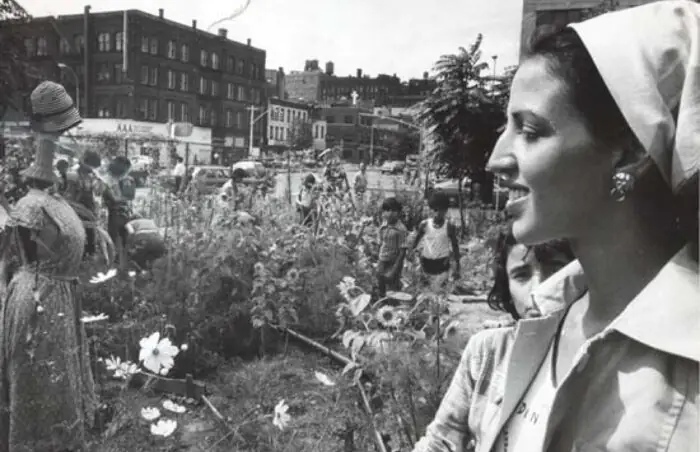
nycgovparks.org
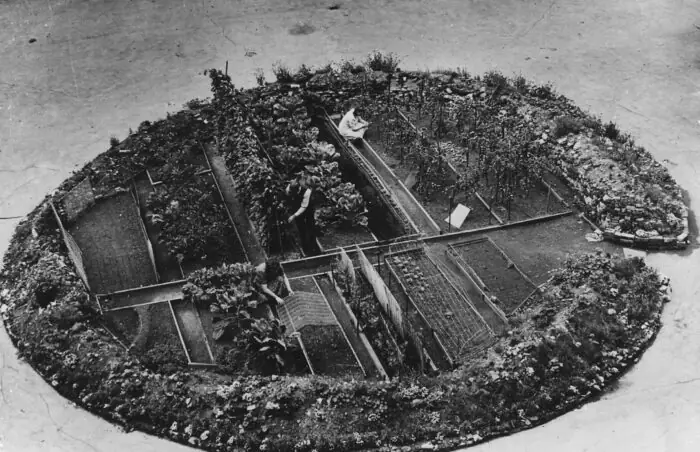
wikipedia.org
Around the world
By the twenty-first century, urban agriculture was once again a common phenomenon. Urban planners and politicians created legislation to help regulate the growing of vegetables within the city, while architects and city planners made room for seedbeds in their projects.
In 2021, Luxembourg’s Kirchberg business district saw the opening of community gardens, where plants are jointly taken care of by employees of nearby offices and local residents. The year before, in August 2020, Nature Urbaine, the world’s largest urban rooftop farm, opened in Paris. It covers 14 000 square meters and in addition to vegetable gardens of 140 Parisians, there’s also a restaurant and venue for events.
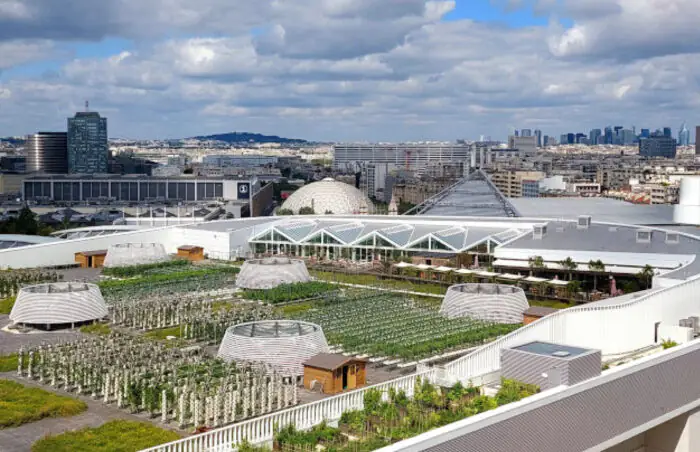
convention.parisinfo.com
Urban agriculture has become an important tool for revitalizing abandoned areas. One of the most ambitious such examples is the former Tempelhof Airport in Berlin. In 2008, when the last flights had already departed, the city senate was going to develop this airport into a luxury housing area which concerned local Berliners. They wanted to preserve the airfield.
In 2009, after bickering with the authorities, multiple demonstrations, and scuffles with the police, the townspeople managed to assert their right to the land. The 386 hectares of the airport was turned into a public park, “Tempelhofer Feld”: kite flying, biking, skateboarding, and vegetable tending. The plants are planted in homemade boxes. Digging in the area is strictly forbidden: firstly, so as not to damage the soil, and secondly, there may be unexploded shells in the ground.
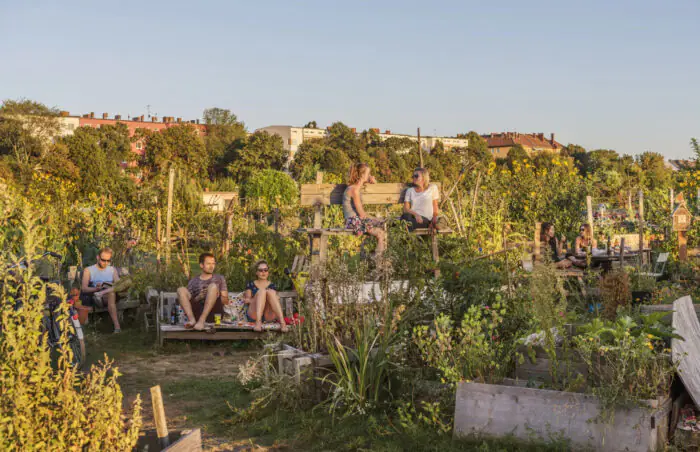
visitberlin.de
For Berlin, the Tempelhof was not only a large public space, but also a symbol of democratic initiatives. In 2014, Berliners scored another victory: as a result of a citizens referendum, they prevented the city authorities from passing a law to partially develop the field. This place looks the same today as it did 15 years ago, except for the seedbeds and the crowds.
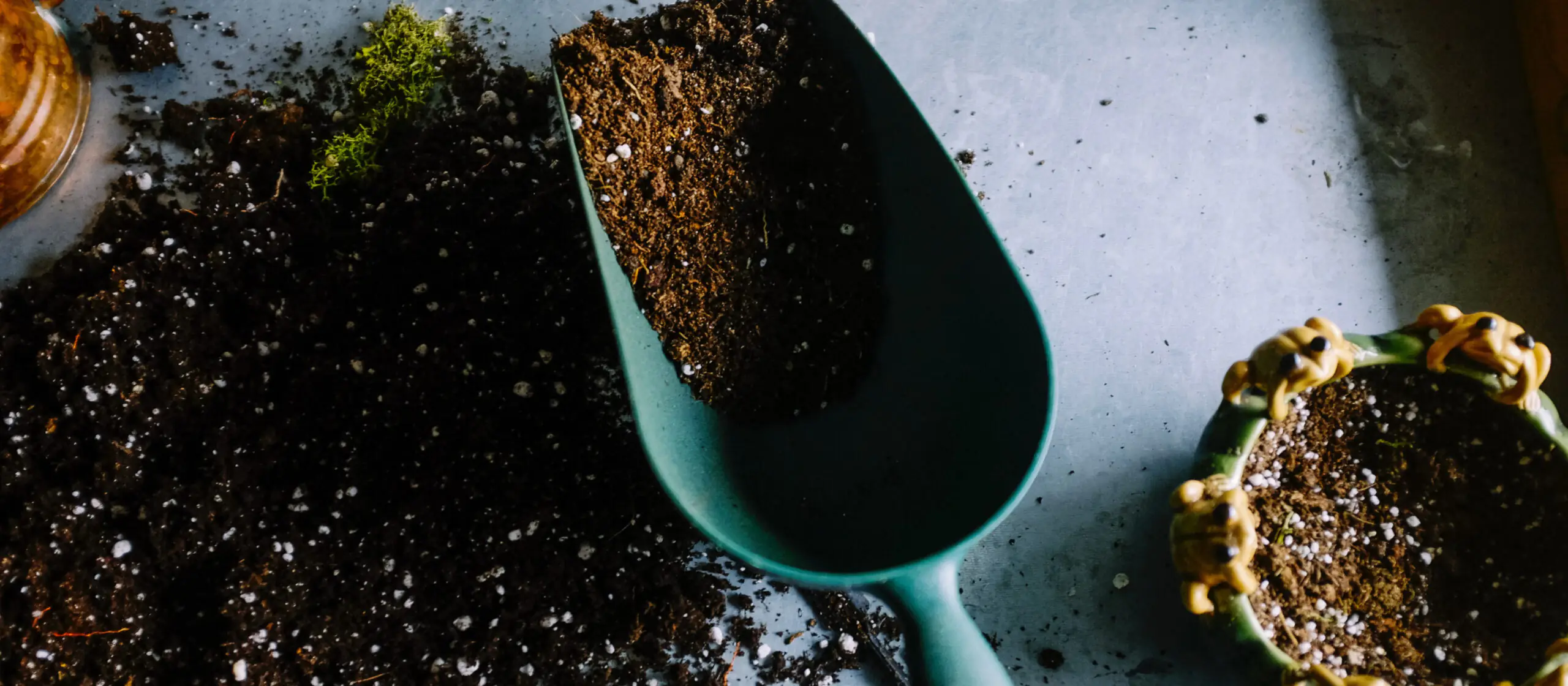
In Riga
There is only one large-scale vegetable garden project in Riga so far: it is the Sporta Pils Dārzi at the intersection of Tērbatas Street and Artilerijas Street. The name translates as “Sports Palace Gardens” because there used to be a large sports arena on this site, constructed during the Soviet occupation in 1970. In 2007, the building was demolished and it was decided to build an office and business district in its place. But for many years the site remained unclaimed: the owner changed, and the new owners could not decide what to do with the land.
A private initiative helped transform the place. Across the street from the former Palace of Sports lived a woman named Renate Lagzdina. She had been to New York, where gardening in the city has long ceased to be exotic, and dreamed of organizing something similar in Riga. She managed to negotiate with the owner to have gardens being implemented on the vacant lot while the question of construction was being resolved. The territory was given for temporary use for three years: from 2020 till 2023. At the first stage, in the autumn of 2020, with help from locals the site was cleared of construction waste. Then, in the spring of 2021, they started planting flora.
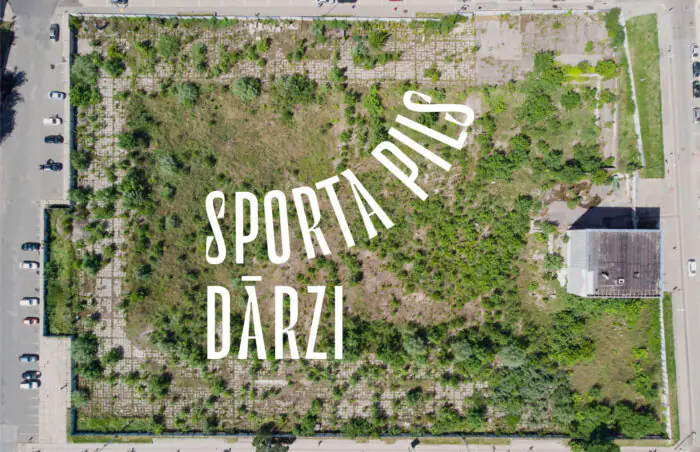
facebook.com/Sportapilsdarzi
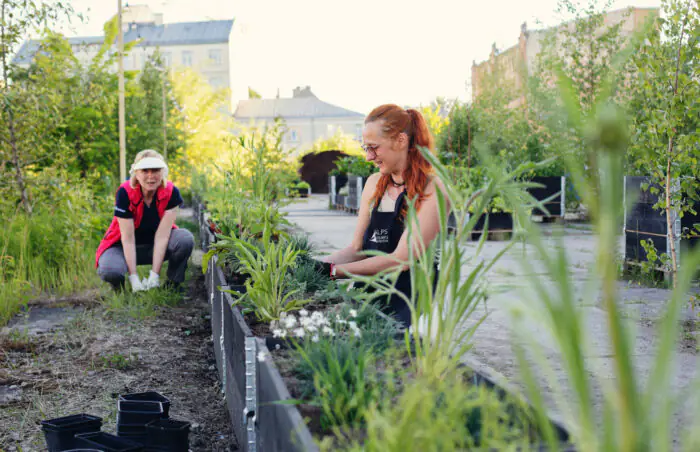
facebook.com/Sportapilsdarzi
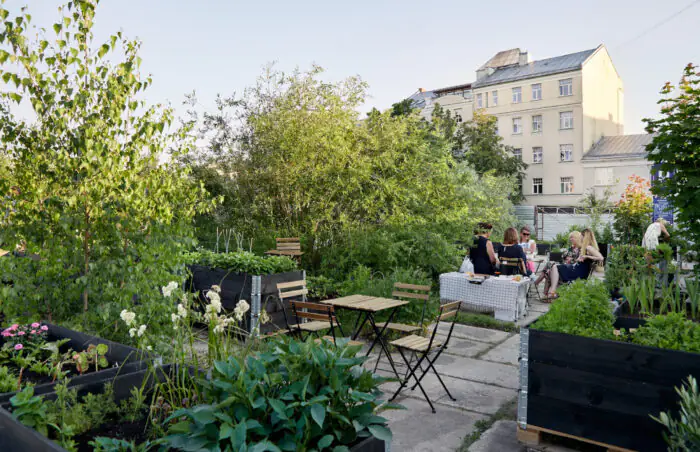
facebook.com/Sportapilsdarzi
The fate of the project depends equally on activists and sponsors. The first group does the work on site: they help to care for the area and set up new seedbeds. The second group participates in fundraising and helps with advice, materials and services: “Clean R”, for example, ensures proper sorting and removal of garbage. The irrigation hoses were provided by “Gardena”, the pipes and sewage system by “Nidija”. The company “fon Films” is documenting the life of the project with photos and videos.
A team of seven people is responsible for the smooth work at Sporta Pils dārzi: among them there are coordinators, landscape architects, PR and design specialists. Renate performs the role of the director and the public face of the project. In an interview with the English-language portal “Stir World”, she said that it is not always easy to develop something together with strangers, especially for Latvians, among whom there are many reserved introverts.
However, Renate also states it is important to demonstrate that Riga residents have the power and the right to participate in the planning of the city, and this comes out much more effectively when working together. In addition, the efforts were fully justified: the project was noticed not only in Riga, but also outside Latvia. In 2022, the Sporta Pils Dārzi was one of the five finalists for the European Public Space Award. The jury of the award noted that this project represents a new system, a model of urban space that incorporates productive, cultural and social logic while integrating nature into public life.
Participation in the project
Now there are about 150 gardens on the territory of Sporta Pils Dārzi. One garden takes up an area of 12 m² with 3.5 or 8 boxes of soil. All of them were distributed among the residents of Riga already in the first year—the beds were enough for about 200 gardeners. To get a spot, you need to apply through a form on Google.
All residents of Riga can participate in the project, but the first ones to receive a place for their own bed were those who helped to improve the territory. The fee for the use of the garden is 5 euros per season per bed, plus utility payments, which are divided among all owners.
In the first year, each participant of the project could plant 5–6 boxes. Then the number was reduced to two. The space seeks to be emphatically inclusive: people of all ages and abilities are welcome in the garden. Some plant boxes were adapted for people with disabilities. In addition, more beds were implemented due to the beginning of Russia’s full-scale invasion of Ukraine: they were allocated to Ukrainian refugees to help them adapt for a life in Latvia.
Apart from gardening, locals come here for quiet rest: the central part of the territory is occupied by flower meadows with a picnic area. Over time, Sporta Pils Dārzi has developed a program of events and they’re held even during the winter: according to information on the project’s Instagram profile, at the beginning of January, for two days it was possible to donate a Christmas tree for recycling. Last summer, there were concerts and a seasonal café, for which local artist Daria Melnikova designed the kiosk.
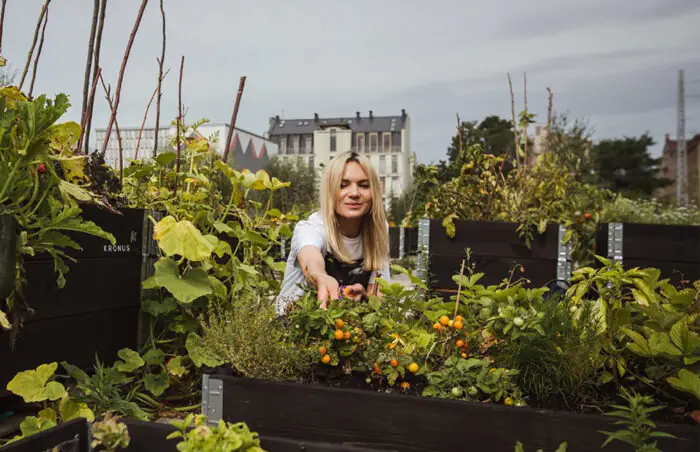
facebook.com/Sportapilsdarzi
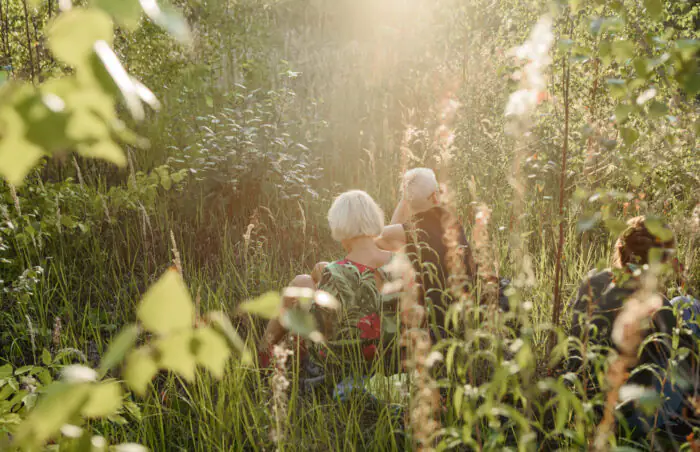
facebook.com/Sportapilsdarzi
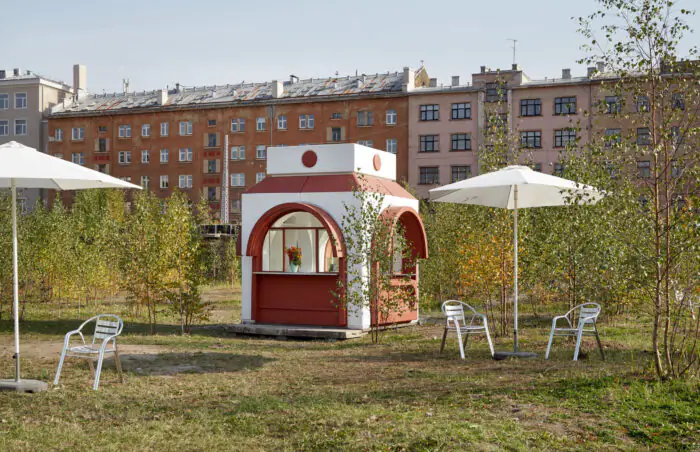
facebook.com/Sportapilsdarzi
Contacts and opening hours
Monday—Wednesday: closed
Thursday: 12:00–22:00
Friday: 12:00–22:00
Saturday: 12:00–22:00
Sunday: 12:00–22:00
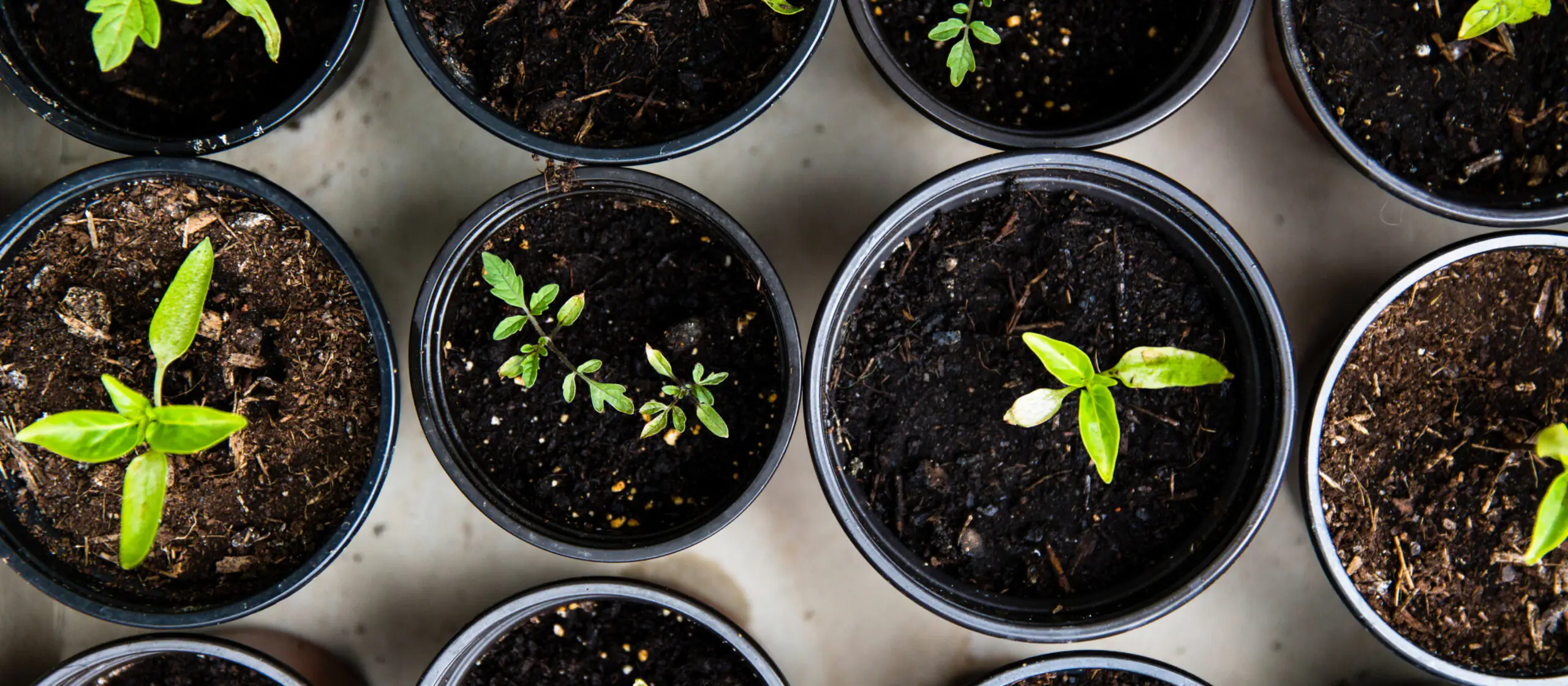
How to set up a vegetable garden in Riga: instructions
It is possible to rent land for gardening in Riga. In order to do so, you must submit an application on the City Council website. There are several basic rules on the basis of the ordinance (Protocole No. 53,§ 2) “Regulations on Maintaining the Territory of Riga” (“Rīgas pilsētas teritorijas kopšanas un būvju uzturēšanas noteikumi”):
- Take care of the land. Avoid disturbing the top fertile layer of soil, flooding it with sewage or polluting with waste.
- Observe the terms of the lease. Usually a vegetable garden is rented out for a year or more. Then each year the lease is renewed. The exact terms of the lease are determined by Riga City Council.
- Do not build anything. This applies to both capital and temporary structures – you will not be able to construct a shed for garden tools. You will have to demolish these structures at your own expense.
- Make payment and prepare documents: you need to sign an agreement on the removal of waste. In addition, you need to pay property tax. It depends on the location and area of the plot. For example, the cost of renting a vegetable garden of 200 m², including waste removal, is about 20 euros in Lucavsala.


